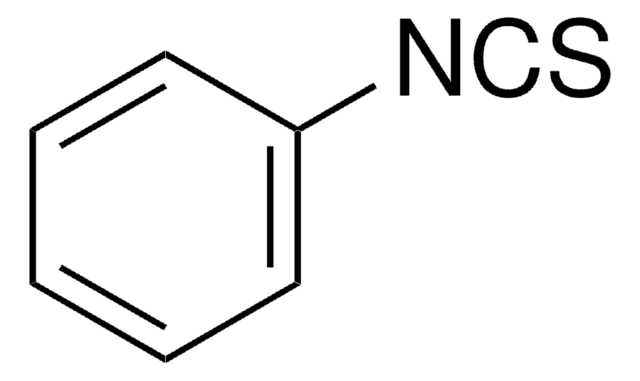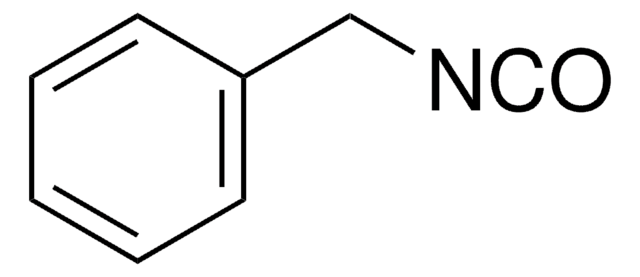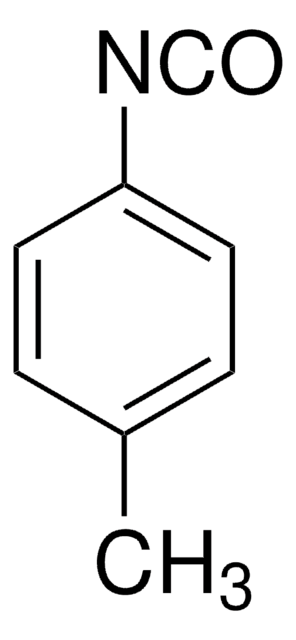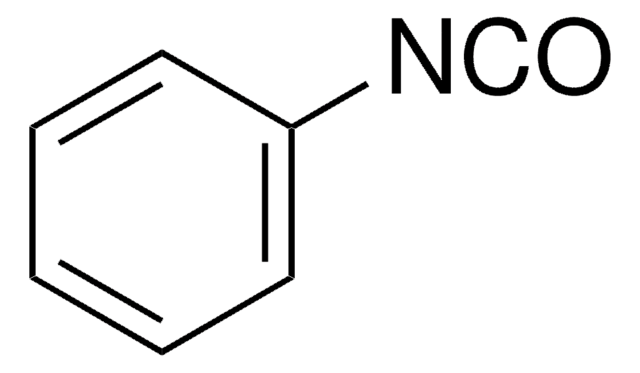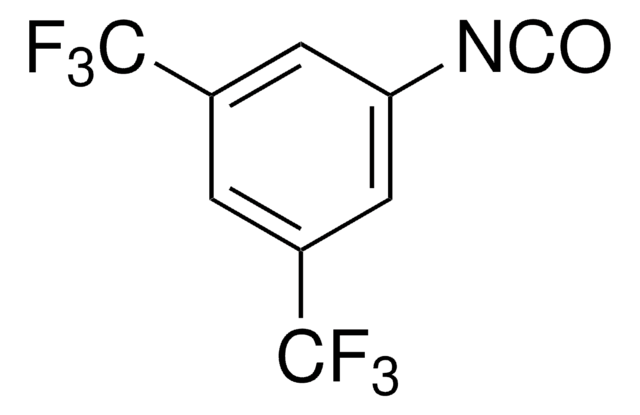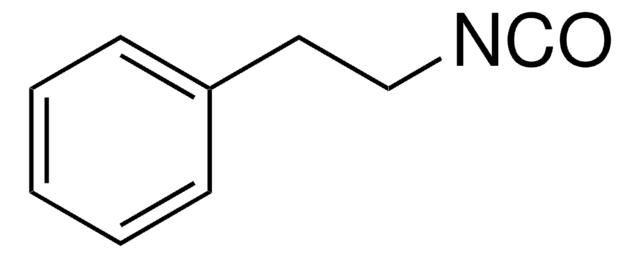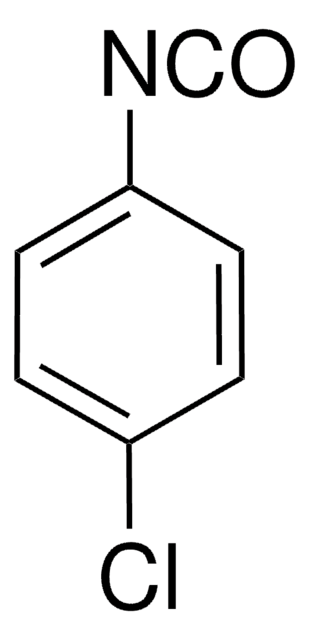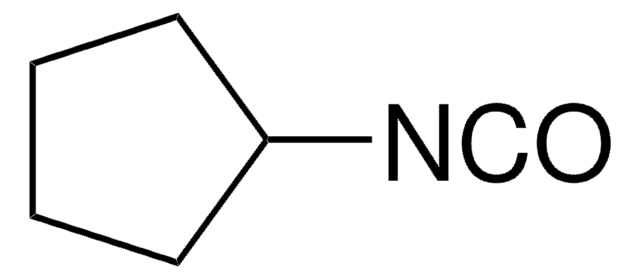185353
Phenylisocyanat
≥98%
Synonym(e):
Isocyanatobenzene, PhNCO
About This Item
Empfohlene Produkte
Dampfdruck
1.4 mmHg ( 20 °C)
Qualitätsniveau
Assay
≥98%
Form
liquid
Brechungsindex
n20/D 1.535 (lit.)
bp
162-163 °C (lit.)
mp (Schmelzpunkt)
−30 °C (lit.)
Dichte
1.096 g/mL at 25 °C (lit.)
Funktionelle Gruppe
isocyanate
Lagertemp.
2-8°C
SMILES String
O=C=Nc1ccccc1
InChI
1S/C7H5NO/c9-6-8-7-4-2-1-3-5-7/h1-5H
InChIKey
DGTNSSLYPYDJGL-UHFFFAOYSA-N
Suchen Sie nach ähnlichen Produkten? Aufrufen Leitfaden zum Produktvergleich
Allgemeine Beschreibung
Anwendung
Signalwort
Danger
Gefahreneinstufungen
Acute Tox. 1 Inhalation - Acute Tox. 4 Oral - Aquatic Acute 1 - Aquatic Chronic 1 - Eye Dam. 1 - Flam. Liq. 3 - Resp. Sens. 1 - Skin Corr. 1C - Skin Sens. 1A - STOT SE 3
Zielorgane
Respiratory system
Lagerklassenschlüssel
3 - Flammable liquids
WGK
WGK 2
Flammpunkt (°F)
123.8 °F - closed cup
Flammpunkt (°C)
51 °C - closed cup
Persönliche Schutzausrüstung
Faceshields, Gloves, Goggles, type ABEK (EN14387) respirator filter
Hier finden Sie alle aktuellen Versionen:
Besitzen Sie dieses Produkt bereits?
In der Dokumentenbibliothek finden Sie die Dokumentation zu den Produkten, die Sie kürzlich erworben haben.
Kunden haben sich ebenfalls angesehen
Protokolle
HPLC Analysis of Isocyanates on Titan™ C18
Unser Team von Wissenschaftlern verfügt über Erfahrung in allen Forschungsbereichen einschließlich Life Science, Materialwissenschaften, chemischer Synthese, Chromatographie, Analytik und vielen mehr..
Setzen Sie sich mit dem technischen Dienst in Verbindung.

